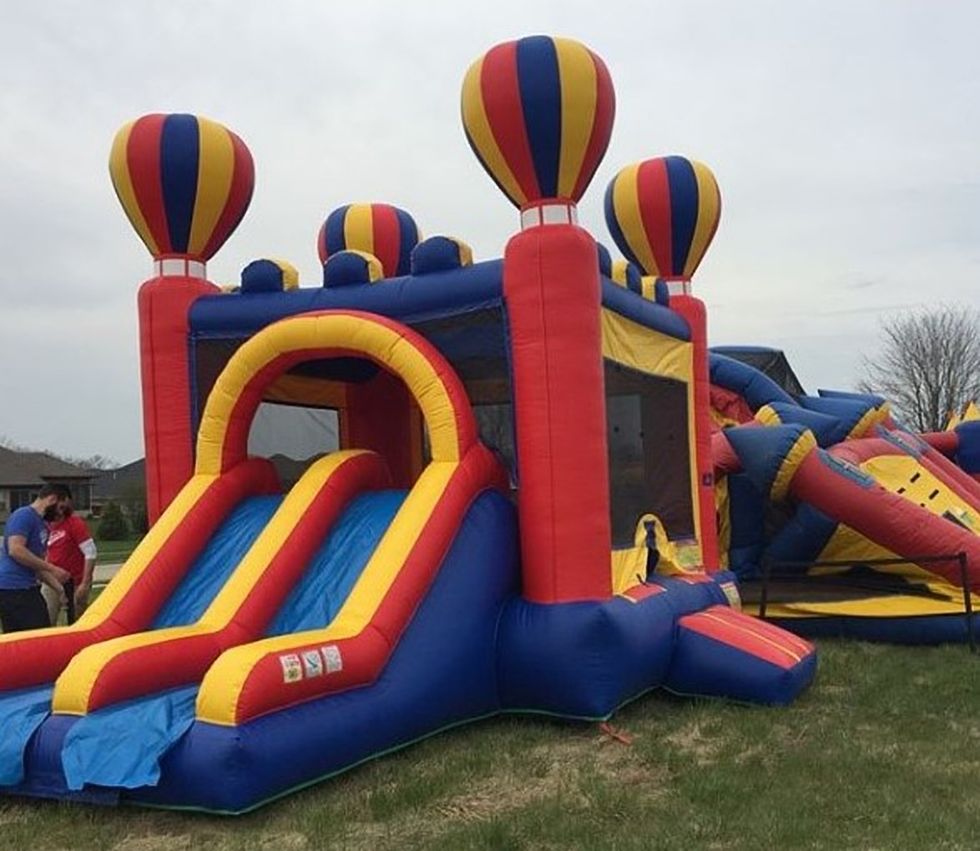Summer’s coming up really soon, and that means one thing… we’re going to see a LOT of bouncy houses.
However, we don’t want just any old bouncy house. We want to have the most EPIC bouncy house of all time. We want to have a gigantic bouncy house with multiple rooms, a sound system, and a bubble machine.
Being the determined, clever selves that we are, we set to work. We figure out the dimensions that we need the bouncy house to be, the amount of air that we need, the materials that will best support our structure, and, of course, the highest-quality sound system and the longest-lasting bubble machine.
So far, so good. As long as we follow our plan, we think, we should be able to create our bouncy house with no problems. The kids are going to love it!
But wait! There a couple of things that we didn’t consider in our plans, and if we don’t address them, then our bouncy house is going to sink… literally.
What if the sound system is too obnoxious for the kids? What if the bouncy house is too unstable because we stacked the rooms one on top of the other? What other designs make an unstable bouncy house? What happens if some mean fellow decides to poke a hole and let the air out?
What if the kids think that our creation is too scary? Or worse, what if they think it’s too boring?
I’m sure that you could think of a few more ways our bouncy house could be a flop given some time. However, this is a very helpful exercise that will help us figure out how to improve our bouncy house. Once we can address these questions, we will be much closer to creating the most EPIC bouncy house of all time.
This process is known as troubleshooting, and it is used in virtually every field. Researchers use troubleshooting to find out any possible ways their tests may go wrong. Programmers also use this technique to find any and all possible errors in their code. Even stage choreographers troubleshoot to know how the show will go on, even if something does go wrong.
When you troubleshoot, you act as a critic of your own work. Obviously, what you have right now is not going to be perfect. But you have to figure out where it is not perfect, why that is so, and what you can do to make it better.
If nothing else, all you need to troubleshoot is a little creativity. And you need to ask yourself this question:
“What could possibly go wrong?”
With time, you could find a few answers. Chances are, as you try to solve those problems, you might come across a few more. Troubleshooting will sometimes be tedious, even frustrating. However, it is a necessary process that you will need to undertake. If you don’t, then those issues will probably slip up during your actual performance, and you don’t want that to happen. However, if you do take the time to troubleshoot, you will prevent those problems from happening in the first place, and you will be able to further refine what you’re doing.
In our case, we’ll have the most EPIC bouncy house of all time.
















